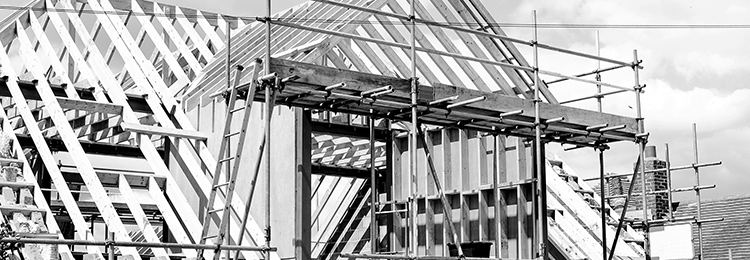When compared to jobs in other industries, opportunities in the construction industry are often overlooked by today’s youth and the unemployed. Yet the demand for employees in the construction industry is booming. The opportunity for a worthwhile career in construction at an average salary of $55,000 is tremendous. The current climate even allows for construction workers to quickly become owners of their own businesses. So why aren’t people running to take these jobs?
Construction isn’t an easy industry to get into without proper training. Mike Gerber, senior vice president and chief marketing officer at Builders Mutual, says one of the reasons demand for workers is so high is because there is a lack of skilled workers.
In this series on the labor shortage facing the construction industry, we will first take a look at the need for skilled labor. Then we will address recruitment, hiring, and training practices to fill this gap, and we’ll examine the cost of a poor hire.
A Persistent Struggle
When the $8 trillion housing bubble burst and home prices fell during the Great Recession, the decrease in consumer spending led to massive layoffs in the construction industry.
“During this time, numerous people who were left without a job went elsewhere to find work and never returned,” Gerber says. For example, many from the domestic workforce left construction and found jobs in other industries. Many foreign-born workers also found work in other industries or returned to their home countries. The absence of these skilled laborers continues to be felt in the construction industry today.
The Great Recession is only one aspect of the skilled labor shortage. This has been a persistent problem since before the market collapsed. The pace of home building was so high that there was more demand for workers than there were actual workers.
As the economy improved, the problem became more pervasive. The number of builders reporting labor shortages increased from 21 percent in 2012 to 56 percent in 2016. Additionally, some positions have been harder to fill than others. For example, more than 75 percent of builders reported shortages in employing carpenters while only 43 percent reported difficulty in finding building maintenance managers.
Options for Recovery
With labor shortages hitting so many job-sites around the nation, the construction industry has a few options available to ensure the completion of new homes.
Option one is to hire and train people from the ground up, which requires a comprehensive on-boarding process. New workers are not as skilled in or up to speed with contemporary construction practices, which can create an unsafe environment because of increased safety risks. The training that needs to be done for safer conditions is costly and difficult for job-sites to implement in a consistent way. Finding the correct training and onboarding programs can be challenging—because programs must be quick but thorough. Additionally, maintaining quality control with new hires calls for an increase in supervisory roles to ensure work is being done properly. These positions aren’t easy to fill, because they require leaders to already possess the necessary experience.
Option two is more challenging. It involves aggressively recruiting from other companies or industries. This action creates wage inflation when companies must offer higher wages, benefits and greater compensation packages to entice workers to jump ship. Ultimately, this higher cost is passed on to consumers who pay more for their homes.
Other Challenges
These aren’t the only challenges facing the construction industry. In today’s workforce, there is a tremendous focus on higher education and obtaining a college degree. “There is a negative perception of the construction industry, as well as other blue collar jobs,” Gerber says. “People don’t understand that construction work is a professional occupation. Educating the next generation of construction professionals on career paths and opportunities in the construction industry is imperative to changing this perception.”
This comes at a time when the Baby Boomer population is retiring and Millennials are entering the workforce. When the last Baby Boomers leave the construction industry, the people who are the most experienced and skilled will be gone and there will be less skilled labor to replace them.
Resources
As the economy and the construction industry continue to recover, it is time to consider how your construction company will plan for the future. It is clear that as an industry we must invest time into the recruiting and training of new hires. Builders Mutual is here to help contractors with worker safety and risk management so that training new hires from the ground up is less of a challenge. Together we can rebuild a foundation of safe, knowledgeable, skilled workers.




 Find an
Find an